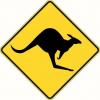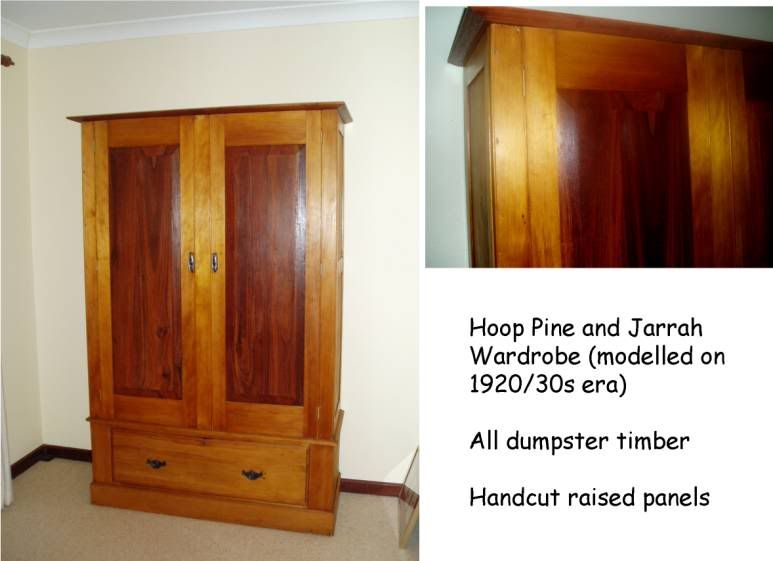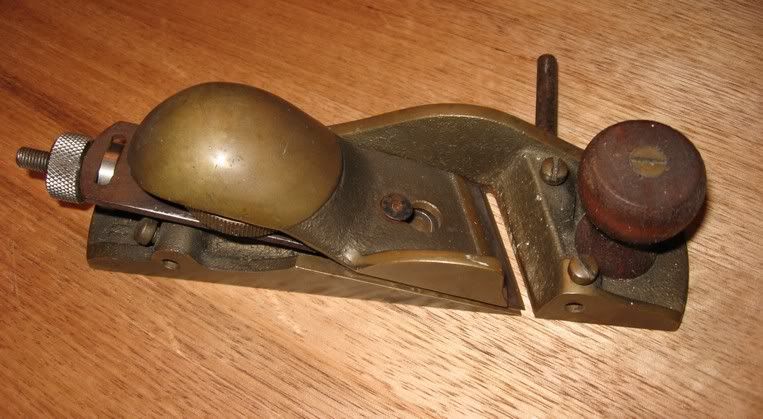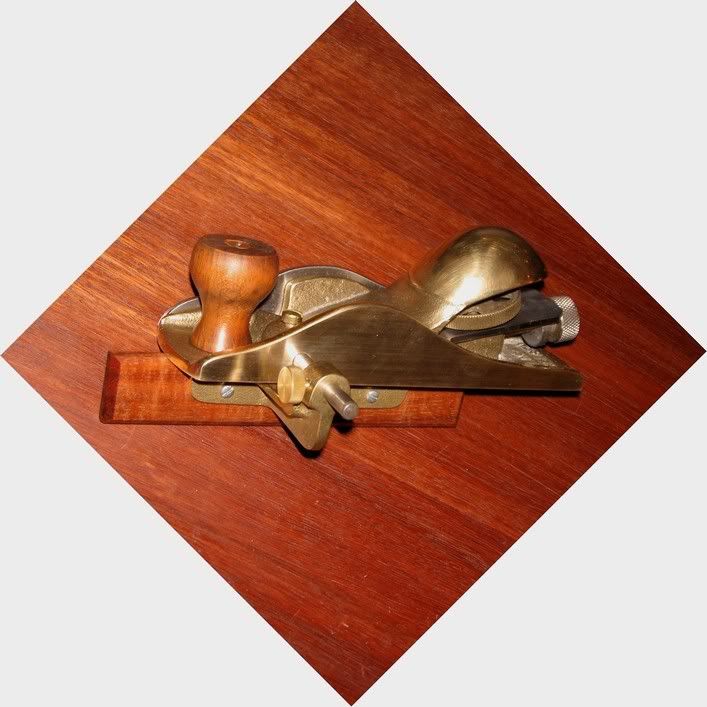I picked up one of the skew 140s yesterday on a whim, and I'm wondering if anyone else has used one to raise a door panel.
I don't know if it'll get used for anything else, but I have two small projects waiting in the wings - each with two raised panel doors, and I didn't want tearout.
I guess it's sort of jumping the gun to get the plane first and than wait and see if another rabbet plane (without the skew) produces tearout.
I recall someone on here saying that the skew goes the wrong way for raising panels in some planes. Which way is it supposed to go? On this plane, the way the fence is set up and the way the nicker is set up, the blade hits toward the center of the door first and works the shaving out toward the edge of the door if that makes any sense.
The doors in both cases will be maple, so tearout really shouldn't be an issue, even if it's going the wrong direction.




 Reply With Quote
Reply With Quote





